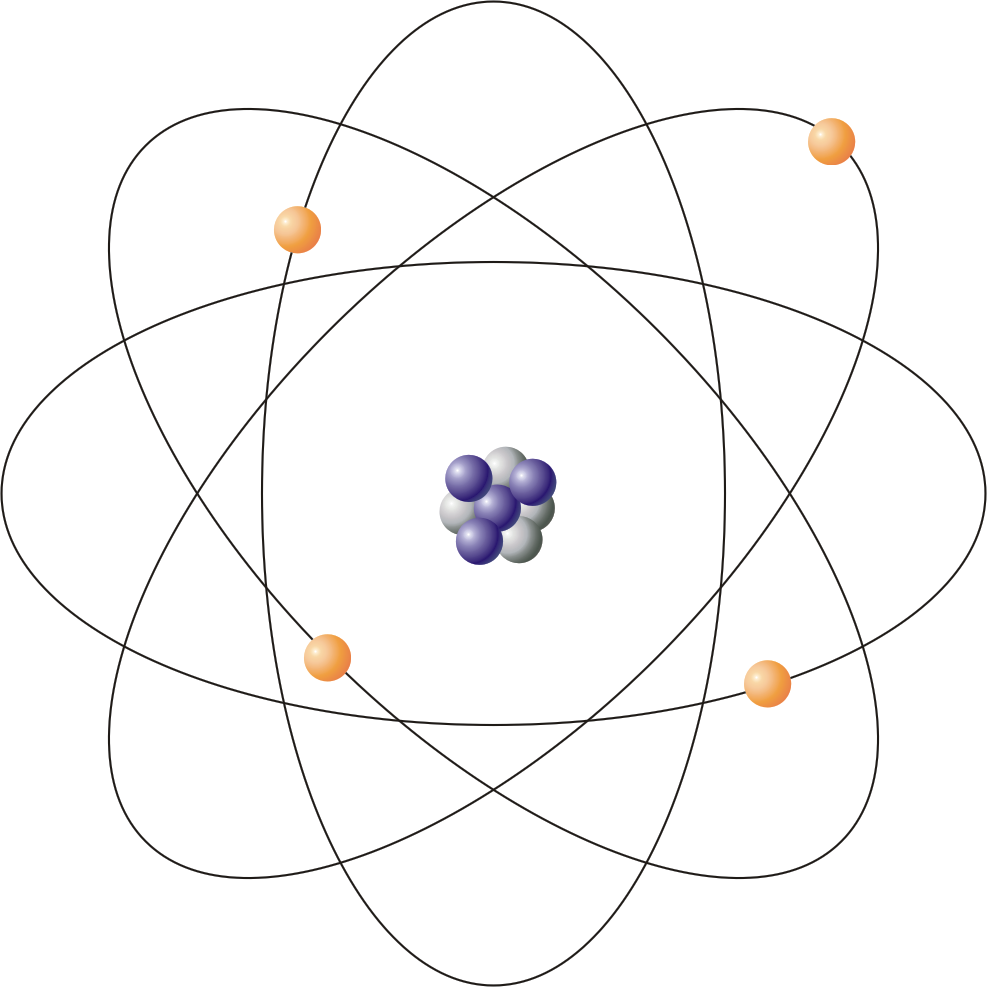At the heart of the universe lies the atom, a fundamental unit that can be likened to a miniature solar system. Picture, if you will, a vast expanse where celestial bodies whirl about vast distances, yet here, within the invisible realm of matter, reside the building blocks that comprise all substances. The atom is a quintessential entity that encapsulates not only the essence of matter but also the intricacies of the forces governing nature itself.
To grasp what an atom is, one must envision a three-dimensional tapestry woven from an intricate lattice of particles. An atom is made up of three primary components: protons, neutrons, and electrons. At the center lies the nucleus, akin to the sun at the heart of our solar system, where protons and neutrons reside. Protons, positively charged particles, govern the identity of the element, determining its placement on the periodic table. Neutrons, neutral in charge, contribute to the mass and stability of the nucleus, akin to the gravitational force that holds the heavens in balance.
The nucleus is surrounded by a cloud of electrons, which are negatively charged particles that orbit the nucleus at astonishing speeds. The motion of these electrons can be compared to planets revolving around the sun, but instead of defined paths, their locations can only be described in terms of probability distributions, a manifestation of the principles of quantum mechanics. This quantum behavior imbues the atom with an air of mystery, revealing a world where certainty is replaced by the sublime uncertainty of subatomic interactions.
Delving deeper, one must consider the implications of atomic structure. The arrangement of electrons in various energy levels or shells dictates an atom’s reactivity and bonding behavior. Atoms strive for stability and lower energy configurations, often leading to the formation of chemical bonds. This pursuit of stability is reminiscent of the complex dance of social relationships in larger systems; atoms bond to form molecules, much like individuals unite to create communities.
Furthermore, the concept of isotopes introduces further complexity to our understanding of atoms. Isotopes are variants of elements that contain the same number of protons but differing numbers of neutrons. This phenomenon can be illustrated through a metaphor of siblings within a family — while they share genetic heritage (protons), their unique traits (neutrons) contribute to diverse characteristics. Isotopes have critical applications in a variety of fields, including medical imaging and radiometric dating, further emphasizing the atom’s multifaceted nature.
The properties of atoms are as varied as the elements they compose. These properties can be categorized into two primary types: intrinsic and extrinsic. Intrinsic properties depend solely on the nature of the atom itself. For instance, the atomic number, which corresponds to the number of protons in the nucleus, defines the element’s identity. Additionally, the atomic mass, the total mass contributed by protons and neutrons, reflects the atom’s size. The electron configuration ultimately determines an atom’s chemical properties and behavior in reactions, much like a person’s personality can dictate their interactions with others.
Extrinsic properties, on the other hand, emerge from the interactions of atoms with other entities and their environment. For example, the boiling and melting points of a material are influenced by atomic and molecular forces, revealing how the atomic structure can lead to drastically different physical states, from the rigidity of diamond to the fluidity of water. These transitions happen due to the delicate balance of attractive and repulsive forces between atoms, reminding us of the tensions and harmonies in human relationships, where individual attributes can shape collective experiences.
Further distinguishing conversations about atoms is the phenomenon of electronegativity, a measure of an atom’s ability to attract electrons. Atoms with high electronegativity, such as fluorine, behave as powerful magnets in the chemical arena, drawing in electrons to fill their outer shells. This can lead to diverse chemical behaviors — from the formation of simple diatomic molecules like O2 to complex organic compounds that sustain life. Understanding electronegativity also unveils the intricate interplay of cooperation and competition within atomic interactions, echoing the dynamics found in natural ecosystems.
Moreover, it is vital to consider atomic interactions in the context of energy. Atoms are not static; they vibrate and oscillate, absorbing and emitting energy in various forms. This dynamic behavior can be likened to the rhythm of music, where individual notes come together to create harmony or discord, dependent on how energy transitions occur within atomic structures. This energetic interplay is foundational to both the formation of lattices in solid materials and the fluid motion in gases, forming a bridge between abstract theory and empirical observation.
In conclusion, the atom stands as a remarkable testament to the complexity and beauty of the universe. Within its minuscule confines, it houses the secrets of matter’s composition and behavior. To understand atoms is to grasp the fundamental essence of existence themselves; they are both the architects and the building blocks of all phenomena. Through the lens of atomic structure and behavior, we come to appreciate not just the microscopic world, but also the larger narrative of nature that unfolds around us. Each atom is a story, a mystery that collectively contributes to the grand tapestry of the cosmos.












